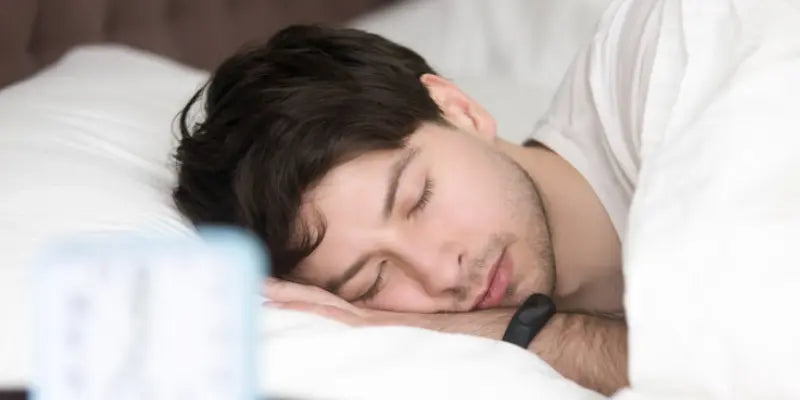
REM Sleep: What Is It and Why Is It Important?
Rapid eye movement (REM) sleep is one of four stages that the brain experiences during sleeping. Rapid eye movement (REM) sleep is the stage of sleep during which most dreams occur. Its name originates from the way your eyes move under your eyelids as you sleep. During REM sleep, your brain activity is extremely similar to when you are awake.
REM sleep contributes to around 25% of your whole time asleep. Your first REM cycle in a sleep period is usually the shortest, lasting roughly 10 minutes. Each one that follows is up to an hour longer than the one before it. In this blog, we will look at REM sleep and its importance, as well as the different stages of sleep and when it occurs.
What is REM Sleep?
There are four stages of sleep: REM sleep, in which we frequently dream, and the deepest NREM sleep, in which the body relaxes completely and fixes itself. Its name derives from the way your eyes move under your eyelids as you sleep. During REM sleep, your brain activity is extremely similar to when you are awake.
REM sleep accounts for around 25% of your whole time asleep. Your first REM cycle in a sleep cycle period is usually the shortest, lasting about 10 minutes. Each one that follows is up to an hour longer than the one before it.
What Happens During REM Sleep?
As we enter REM sleep, our eyelids move rapidly behind closed eyes, your heart rate increases, and your breathing becomes erratic. Your brainwaves become extremely active and shifted. During REM sleep, nearly everything in our bodies functions as if we were awake, except the exception of closed eyes and a short decrease of muscular tension.
Your brain is more active during REM sleep, so you can have strong dreams. REM is crucial because it stimulates brain areas involved in learning and has been linked to increased protein creation. Babies can spend up to 50% of their sleep in the REM state, but adults only get approximately 20%.
Why is REM Sleep Important?
All sleep is important, but REM sleep is especially important for dreaming, memory, emotional processing, and healthy brain growth. Dreaming: The majority of your dreams occur during REM sleep. However, REM is not the sole stage when dreams occur; this is a frequent misconception regarding sleep.
REM is considered as well to be a stage of sleep during which certain kinds of memories are generated and consolidated. REM sleep is believed to connect emotions and emotional memories, as well as memories related with motor learning experiences. This is known as memory consolidation, and it occurs during both deep sleep and REM. Deep sleep, often known as the third stage of non-rapid eye movement sleep, occurs right before REM sleep.
Researchers believed that REM sleep boosts brain growth since babies spend the majority of their time in it. Adding to the evidence, animals with less developed brains, such as babies and puppies, spend more time in REM sleep during infancy than those with more developed brains, such as horses and birds.
How Much REM Sleep is Needed?
There are no specific standards for how much REM sleep the average person need. Consider sleeping for 7 or more hours to ensure you get enough REM sleep at night.
According to several studies, most adults require at least two hours of REM sleep per night. Abbie, a newborn, spends 8 hours in REM sleep while their brain develops.
Also Read:- Sleeping in Fetal Position
Effects of Not Getting Enough REM Sleep
If you sleep for 7-8 hours and wake up feeling refreshed, you don't need to worry about getting enough REM sleep; however, if you wake up tired and groggy, don't have enough energy during the day, are hungry or gaining weight, have difficulty focusing, forget things, and are irritated, these are all signs that you're not getting enough REM sleep.
Some things you can do to get enough REM sleep include avoiding alcohol, getting lots of exercise, creating a pleasant sleep environment with little stimulation, and sticking to a regular schedule. If you're still suffering after attempting these suggestions, it's time to consult a sleep specialist.
Conclusion
REM sleep is when most people have vivid dreams. This period of sleep begins approximately 90 minutes after falling asleep and continues every 90 minutes thereafter. REM sleep helps to consolidate information and develop memories. According to research, disruptions in REM sleep can increase the risk of obesity and migraines.
Good sleep hygiene and a consistent sleep routine will help you get more REM sleep at night. If you're on a steady sleep pattern but still have trouble sleeping, try replacing your old pillow with a new one. The microfiber pillow for sleeping could be a great option for those looking for comfort. It is made of breathable and sturdy materials.








